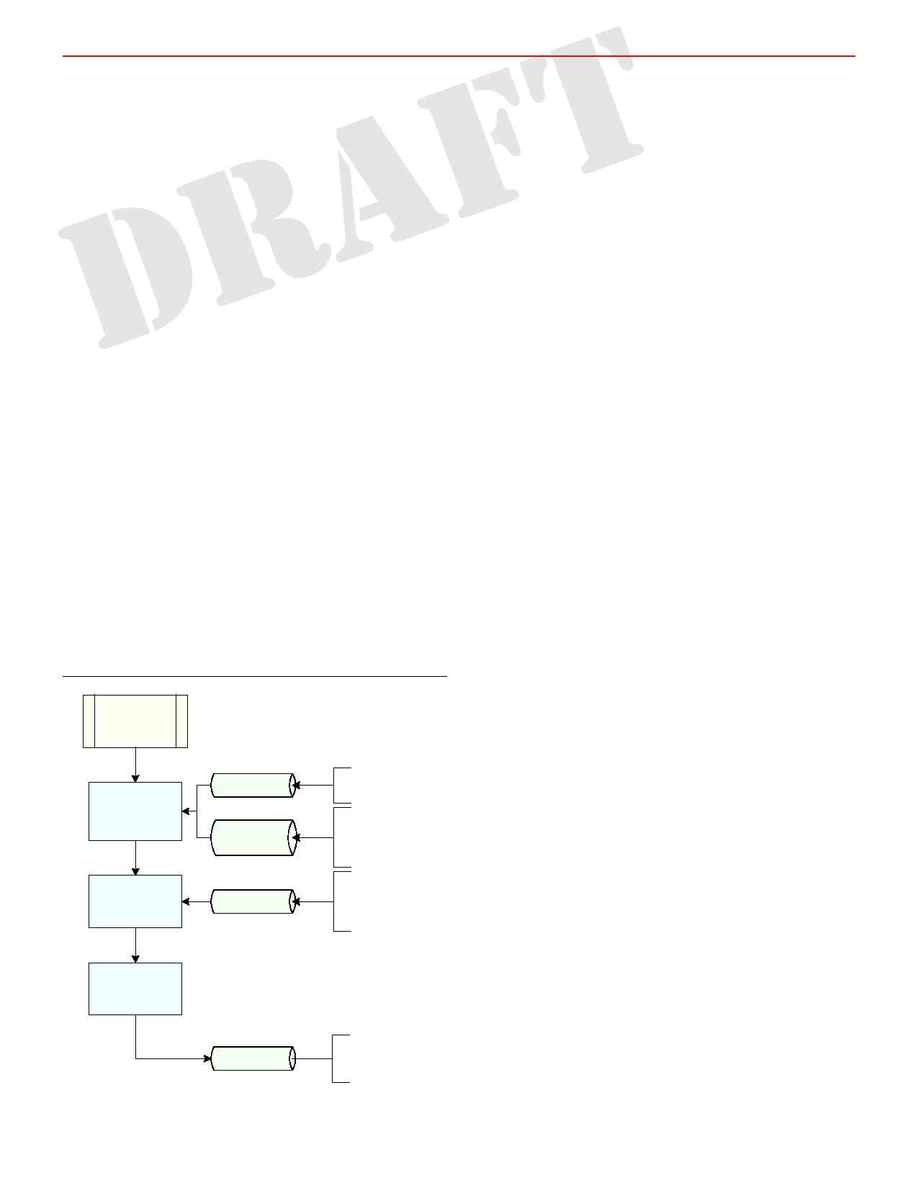Astronomical Applications Department, U.S. Naval Observatory Newcomb Page 11

1. PHYSICAL MODEL
1.1. Newtonian Formulation
1.2. General Relativistic Formulation
1.3. The Lunar Orbit
2. NUMERICAL INTEGRATION ALGORITHMS
3. AN OBJECT-ORIENTED APPROACH
4. ANALYSIS SUBMODULES
4.1. Automatic Detection of Mean-Motion Resonances
4.2. Close Approach Detection
4.3. Frequency Analysis
5. EPHEMERIS GENERATION
C
HAPTER
4: T
HE
I
NTEGRATION
M
ODULE
M
ARC
A. M
URISON
Astronomical Applications Department
U.S. Naval Observatory, Washington, DC
C
HAPTER
4: T
HE
I
NTEGRATION
M
ODULE
11
Figure 8 -- The integration module.
Integration
initialize the
physical model
integrate the
equations of
motion
parameters
initial
conditions
ephemeris
- body masses
- gravity model
- planets
- asteroids
- natural satellites
- planetary spins
initialize the
integrator
parameters
- integrator type
- accuracy
- start/stop times
- output interval
- planets
- asteroids
- natural satellites
